T4K3.news
Secret North Korea base identified near China
A CSIS report confirms a hidden Sinpung-dong facility that could house ICBMs, raising regional security concerns.
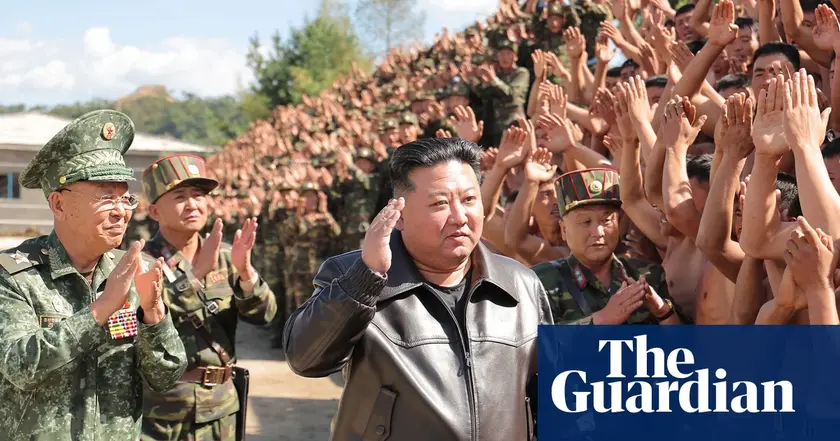
A CSIS report identifies the Sinpung-dong base close to the Chinese border as a likely site for new long-range missiles.
North Korea builds secret missile base near China raising regional risk
A new CSIS study identifiesSinpung-dong, an undeclared missile operating base in North Korea’s North Pyongan province, about 27km from the Chinese frontier. The research suggests the facility may house six to nine nuclear-capable intercontinental ballistic missiles and their launchers, pointing to a hidden capability that has not been part of denuclearisation talks to date.
The report places Sinpung-dong among an estimated 15 to 20 ballistic missile bases and storage facilities North Korea has not publicly declared. Analysts say the site could enable rapid launches and direct linkups with special units, potentially enabling harder-to-detect strikes from other parts of the country. Taken with existing bases, the facility is described as part of an evolving strategy to expand North Korea’s nuclear deterrence and strike options while continuing to operate outside formal negotiation channels.
Key Takeaways
"Hidden bases reshape the deterrence playbook in East Asia"
CSIS report expands the map of undeclared sites
"Open-source proof sharpens the gaze on Pyongyang capability"
Analysts note the report is among the first open-source confirmations
"Deterrence hinges on visibility and secrecy raises miscalculation risk"
Editorial take on strategic risk
"A new open-source footprint tightens the pressure on talks"
Observers say diplomacy may struggle to keep pace with new evidence
The finding widens the view of North Korea’s weapons landscape and how close some assets sit to regional borders. Open-source intelligence is playing a bigger role in assessing security risks, pushing policymakers to weigh facts from private researchers alongside official channels. The proximity to China adds a new layer to regional calculations and could influence Beijing’s patience, posture, and pressure points.
For diplomacy, the report underscores the difficulty of verification when crucial sites remain undeclared. It raises questions about crisis management, alliance planning, and sanctions enforcement as Pyongyang’s capabilities appear to be expanding beyond previously acknowledged bounds. In this tense moment, patient, verifiable diplomacy and credible deterrence seem more essential than ever.
Highlights
- Hidden bases reshape the deterrence playbook in East Asia
- Open-source proof sharpens the gaze on Pyongyang capability
- Deterrence hinges on visibility and secrecy raises miscalculation risk
- A new open-source footprint tightens the pressure on talks
Security and political sensitivity risk
The article discusses a covert military facility near a major border and potential regional reactions. This could heighten tensions, invite political backlash, and influence public debate about security and diplomacy.
As facts on the ground evolve, so too must strategy and diplomacy.
Enjoyed this? Let your friends know!
Related News
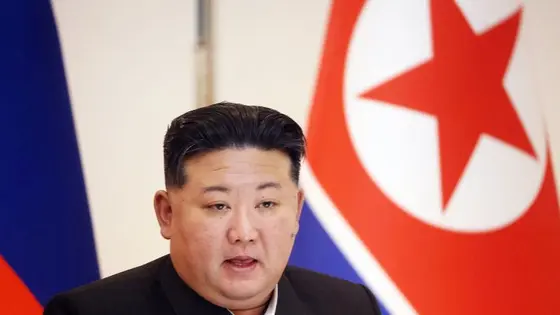
North Korea reveals secret missile base near China border

Arizona woman sentenced for North Korean fraud scheme
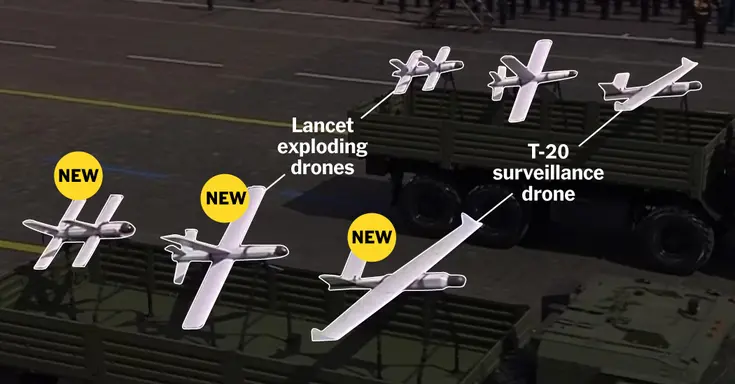
Russia Builds a Wartime Edge
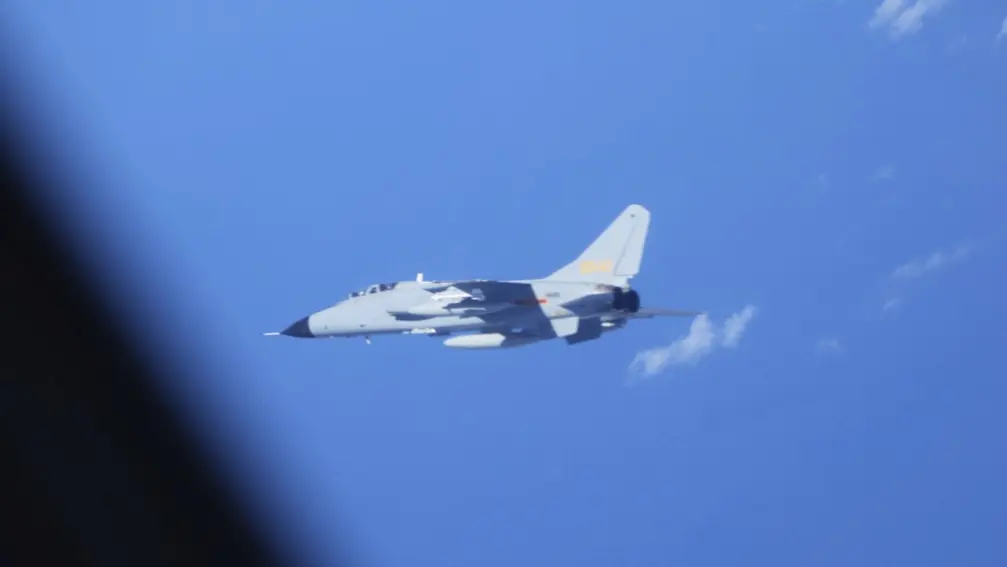
Japan identifies China's military activities as top threat
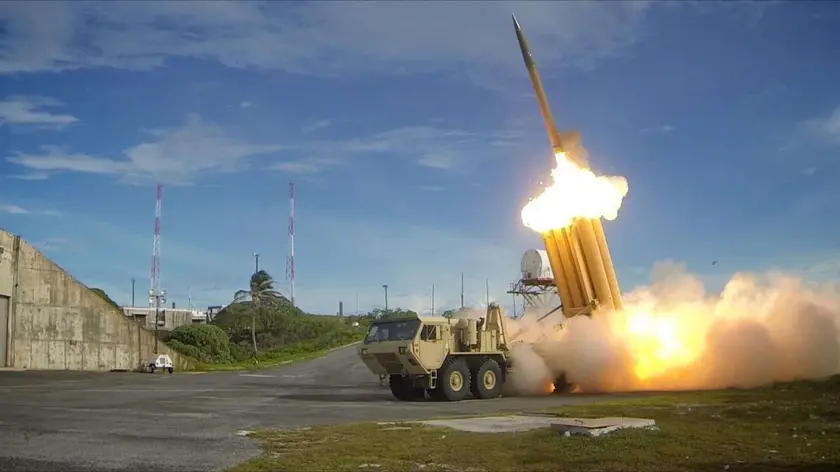
US and allies struggle with missile defense

Kremlin seeks veto on Ukraine security guarantees

Merseyside jails 66 criminals in July

Transfer news intensifies as deadline approaches
